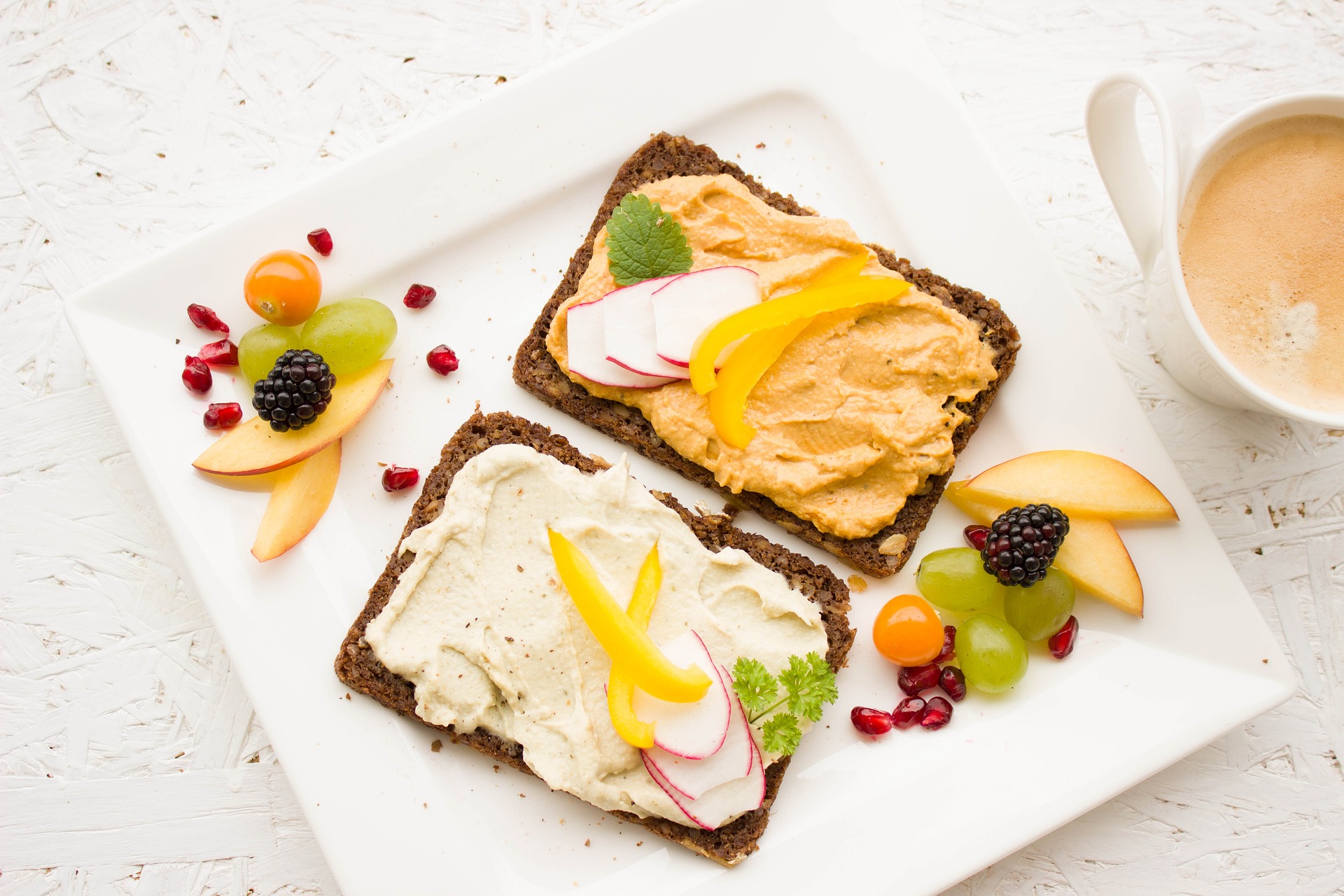In today’s world of heightened health awareness, sugar consumption is a major point of concern. From weight gain and diabetes to heart disease and dental issues, excessive sugar intake has been linked to a wide range of health problems. This is why many people are making a conscious decision to reduce or eliminate added sugar from their diets. The growing demand for sugar-free foods offers healthier options for those looking to cut down on sugar without compromising taste or nutritional value.
In this comprehensive guide, we’ll explore everything you need to know about sugar-free foods: their benefits, different types, and practical tips for incorporating them into your daily life.
Discovering Foods Without Sugar
Sugar-free foods are those that contain little to no added sugars. They either naturally lack sugars or have been processed to remove or avoid sugar content. The label “sugar-free” typically means the product has less than 0.5 grams of sugar per serving, according to U.S. Food and Drug Administration (FDA) standards.
It is crucial to note that products labeled as sugar-free may still contain carbohydrates and calories. Sugar-free items often include sugar substitutes, such as artificial or natural sweeteners, to preserve their taste.

Advantages of Foods Without Sugar
Cutting back on sugar intake can bring about a range of advantages, such as increased energy and enhanced overall well-being. Discover the reasons why eliminating sugar from your diet can lead to beneficial outcomes:
1. Weight Control
Including sugar in your diet increases calorie intake without offering essential nutrients. Products high in sugar often contain empty calories, which can result in gaining weight. Opting for sugar-free options can help prevent excessive calorie consumption, facilitating weight control
2. Improved Blood Sugar Control
For people with diabetes or prediabetes, sugar-free foods can help regulate blood glucose levels. Foods with added sugars can cause spikes in blood sugar, which may increase the risk of insulin resistance. Sugar-free alternatives help keep blood sugar levels more stable.
3. Reduced Risk of Chronic Diseases
Excess sugar consumption is linked to an increased risk of several chronic conditions, such as Type 2 diabetes, heart disease, and fatty liver disease. A sugar-free diet can lower inflammation, improve heart health, and reduce your overall disease risk.
4. Enhanced Energy Levels
Eating sugar causes blood sugar spikes followed by crashes, which often lead to fatigue and irritability. Sugar-free foods, especially those rich in protein, healthy fats, and fiber, provide more stable energy throughout the day.
5. Better Dental Health
Sugar is one of the main contributors to cavities and tooth decay. Bacteria in the mouth feed on sugar and produce acid, which damages tooth enamel. Reducing sugar intake or switching to sugar-free options can improve oral health and prevent cavities.

Low-Carb Alternatives: A Guide to Sugar-Free Options
An assortment of sugar-free food choices is accessible to accommodate a range of dietary requirements and preferences. Below is an overview of the kinds of sugar-free foods and substitutes that are on offer.
1. Naturally Sugar-Free Foods
These foods naturally contain little to no sugar. They are often whole, unprocessed foods that offer excellent nutritional value:
- Natural Sources
Leafy greens such as spinach, kale, and lettuce, and vegetables like broccoli, cauliflower, zucchini, bell peppers, and cucumbers, do not contain any added sugars naturally. - Protein Sources
Common meats like chicken, turkey, fish, and beef, eggs, do not have naturally. - Nuts and Seeds
Almonds, walnuts, flaxseeds, and chia seeds are rich in healthy fats and do not have sugars. - Dairy Options
Cheese, cream, and unsweetened yogurt usually have very low to no sugar content.
2. Processed Foods without Sugar
Many processed food items are now available in sugar-free versions that aim to imitate their original counterparts. Some well-known examples include:
–Calorie Treats **: Baked goods, sweets, and chocolates made with artificial sweeteners.
Drinks: Soft drinks, energy boosters, and sugar-free teas.
Toppings and Sauces: Ketchup, BBQ sauces, and salad dressings that use #### 3. Alternatives to Sugar.
Several options are available that offer a sweet taste without the negative consequences of consuming excess sugar:
- Artificial Sweeteners : These include aspartame, saccharin, and sucralose. Though calorie-free, they’re often used in moderation due to potential health concerns.
- Natural Sweeteners: Options like stevia, monk fruit, and erythritol are plant-based alternatives that are considered healthier and more natural.
Understanding the Difference Between “Sugar-Free” and “No Added Sugar” Labels
When deciphering, it’s essential to recognize the difference between products labeled as “sugar-free” and those that claim to have “no added sugar”.
** Low in Sugar **: When a product bears this label, it indicates that each serving contains a negligible amount of 5 grams. To compensate for the lack of sugar, manufacturers often use alternative sweeteners, which can be either synthetic or derived from natural sources ** No Sugar Added **: This label signifies that the product does not contain any additional sugars introduced during the manufacturing process. However, it may still contain naturally occurring sugars, such as those present in fruits, dairy products, or other ingredients, which are inherent to the product’s composition.
Both are crucial to scrutinize the labels for potential additives like artificial sweeteners or extra starches that could undermine your overall dietary objectives.
Transitioning to a diet without sugar.
Eliminating sugar from your diet can be a daunting task, particularly if you’re accustomed to indulging in sweet treats, drinks, and packaged foods. To make the transition smoother, consider the following actionable tips to guide you toward a reduced-sugar lifestyle.
1. Decipher the choices, and cultivate the habit of scrutinizing food labels. Be on the glucose, fructose, sucrose, and high fructose corn syrup, which can sneak into products touted as nutritious.
2. Start with Natural, Whole Foods
Begin your sugar-free journey by eating more whole, unprocessed foods like vegetables, lean meats, and healthy fats. These foods are naturally low in sugar and provide essential nutrients without additives or preservatives.
3. Limit Your Use of Sugar Alternatives
If you’re finding it hard to give up sweet tastes like stevia or monk fruit in your drinks and baked goods,. Be aware that overusing these alternatives can perpetuate your desire for sweetness.
4. Cut Sugary Beverages
One of the easiest ways to reduce sugar intake is to eliminate sugary beverages like soda, sweetened coffee, and fruit juices. Replace them with water, unsweetened teas, or sugar-free options.
Select snacks that are free of sugar, such as nuts, seeds, and vegetables, to help you feel full in between meals. These choices are not only low in sugar but also contain high amounts of fiber and beneficial fats.
- Make Your Meals at Home
By cooking your meals, you have to manage the ingredients being used. Opting for fresh ingredients and creating your sauces and dressings can help you steer clear of concealed sugars typically found in processed foods.

Gradually decreasing sugar consumption is a more effective approach for most individuals compared to abruptly quitting, as sudden cessation may result in strong cravings and a return to previous habits. By slowly reducing sugar intake over time, you allow your taste buds to adapt to decreased levels of sweetness.
Leave a Reply